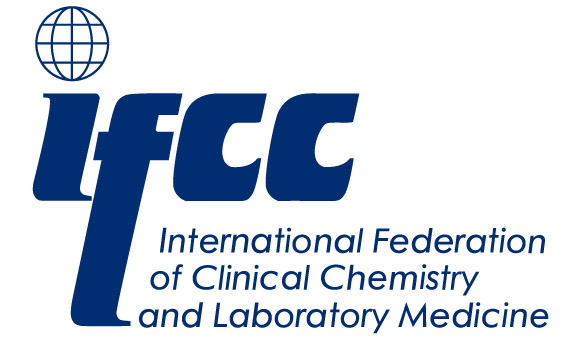But self sampling with vaginal swabs may provide materials that screen as accurately as the more labor-intensive approach using cervical samples obtained by clinicians. This finding is critical to developing same day screening and treatment, which is key to ensuring that women with precancerous lesions are treated in this largely unconnected (electronically) country, and in others like it. The research appeared online April 13, 2016 in the Journal of Clinical Microbiology, which is published by the American Society for Microbiology.
“This is the first time there’s been a direct comparison between self-collected vaginal swabs and clinician-collected cervical specimens using a screening device that can provide same day results,” said corresponding author Andrew Vallely, PhD, Associate Professor, Public Health Interventions Research Group, The Kirby Institute, University of New South Wales, Sydney, Australia.
Evaluating self-collected samples was a critical milestone towards meeting the ultimate goal of this research: to enable same-day screening and treatment. Same-day treatment is needed in high-burden, low-income countries such as Papua New Guinea because when patients leave the clinic, it often becomes impossible to find them again, should their results show that they need treatment.
“The majority of the country’s population live in rural communities, many of which are very isolated,” explained Vallely, who is also Professorial Research Fellow, Sexual and Reproductive Health, Papua New Guinea Institute of Medical Research, Goroka. A dearth of roads, and difficult terrain exacerbates the isolation, as do limited or absent mobile phones and internet connectivity, and postal services that are very poor and unreliable.
Self sampling, combined with use of a new, high speed, fully automated molecular assay for high risk HPV infection, called the Xpert HPV Test, makes it possible to screen and treat patients in a single day. Self-sampling alleviates pressure on highly skilled clinical staff who would otherwise only be able to screen women by conducting a time-consuming pelvic examination to collect specimens, said Vallely.
“By readily identifying women who have a high risk HPV infection, this clinic-based self-sampling strategy would allow health services in low-income settings such as Papua New Guinea to focus their efforts on those women who are most at risk of cervical pre-cancer and cancer,” said Vallely.
Once those at increased risk are identified by the Xpert HPV Test, the final step in screening is to paint the screened women’s cervixes with acetic acid — vinegar, said Vallely. The acetic acid causes the precancerous lesions, which are not visible to the naked eye, to stain white. The clinicians then ablate the lesions using cryotherapy — a relatively non-invasive procedure to obliterate the abnormal tissues that allows the women to leave for home the same day. (Women who have developed malignancies are referred to specialists.)
Papua New Guinea has a very high burden of disease, said Vallely. The rate of new cases is six to seven times higher than in Australia and New Zealand, and mortality is around 14 times higher, making HPV-associated cancers a leading cause of premature death.
Source: Sciencedaily.com











































